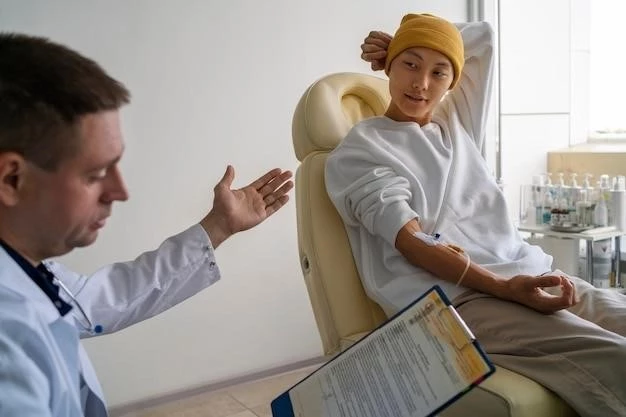Overview of Trichomoniasis
Trichomoniasis, caused by a parasite, is a sexually transmitted infection affecting the genitals. It can be diagnosed through exams and lab tests, with treatment involving oral antibiotics effective against the parasite.
Definition and Cause
Trichomoniasis is a sexually transmitted infection caused by a parasite known as Trichomonas vaginalis. It primarily affects the genitals and can lead to various symptoms such as itching, discharge, and discomfort during urination or sex. The parasite is typically transmitted through sexual contact, making it crucial to practice safe sex to prevent its spread.
Symptoms and Diagnosis
Trichomoniasis can present symptoms like itching, discomfort during urination, and abnormal vaginal discharge. Diagnosis involves examining genital areas and testing samples of vaginal fluid or urethral swabs for the presence of the parasite.
Common Symptoms
Trichomoniasis symptoms can include itching, bad-smelling thin vaginal discharge, burning with urination, and pain during sex. Some individuals may not have any symptoms, and infection is often detected through tests examining vaginal fluid or urethral swabs.
Diagnosis Methods
Diagnosing trichomoniasis involves examining the genitals, collecting samples of vaginal fluid or urethral swabs, and conducting tests to detect the presence of the parasite Trichomonas vaginalis. Common diagnostic methods include microscopic examination, dipstick tests, and cultures of vaginal secretions or urine. Early detection is crucial for timely treatment and prevention of complications associated with trichomoniasis.

Treatment and Management
Effective treatment for trichomoniasis involves oral antibiotics specifically targeting the parasite. It is crucial to complete the full course of antibiotics as prescribed to ensure complete eradication of the infection. Management may include repeat testing after treatment.
Oral Antibiotics
Trichomoniasis is effectively treated with oral antibiotics that specifically target the parasite Trichomonas vaginalis. These antibiotics play a crucial role in eliminating the infection and alleviating symptoms. It is essential to follow the prescribed antibiotic regimen diligently to ensure complete recovery and prevent the recurrence of trichomoniasis.
Pregnancy Considerations
During pregnancy, trichomoniasis can lead to complications such as preterm delivery, low birth weight infants, and premature rupture of membranes if left untreated. It is essential for pregnant individuals to receive appropriate treatment for trichomoniasis to protect both their health and the health of the baby. Antibiotics can be used to treat trichomoniasis during pregnancy, with follow-up testing sometimes necessary to ensure the infection is fully cleared.
Complications and Risks
Trichomoniasis can lead to significant complications if left untreated, including adverse effects on pregnancy such as preterm delivery and low birth weight. Additionally, untreated trichomoniasis may increase the risk of other sexually transmitted infections, highlighting the importance of timely diagnosis and treatment to prevent potential health risks and complications.
Impact on Pregnancy
Trichomoniasis can have adverse effects on pregnancy, including an increased risk of preterm delivery, low birth weight infants, and the premature rupture of membranes. Untreated trichomoniasis during pregnancy can lead to complications that affect both the mother and the baby, underscoring the importance of timely diagnosis and treatment to safeguard maternal and fetal health.
Increased Risk of Other STIs
Research indicates that trichomoniasis can heighten the risk of contracting other sexually transmitted infections (STIs), such as HIV. The presence of trichomoniasis may facilitate the transmission of additional STIs. Individuals with untreated trichomoniasis are more susceptible to acquiring other infections, emphasizing the importance of prompt diagnosis and comprehensive treatment to mitigate the escalation of health risks associated with multiple STIs.

Prevention and Transmission
Preventing trichomoniasis involves practicing safe sex, as the infection spreads through sexual contact. It is crucial to use protection like condoms to reduce the transmission of the parasite and minimize the risk of contracting the infection.
Sexual Contact as Transmission
Trichomoniasis is primarily transmitted through sexual contact, particularly through the exchange of bodily fluids during unprotected sex. This sexually transmitted infection can affect the genital area and lead to various symptoms, making safe sex practices essential in preventing its spread.
Preventative Measures
Preventing trichomoniasis involves practicing safe sex, using protection like condoms during sexual contact. Regular testing and treatment are crucial, especially for individuals at higher risk, to prevent the transmission of trichomoniasis and reduce the potential complications associated with the infection.
